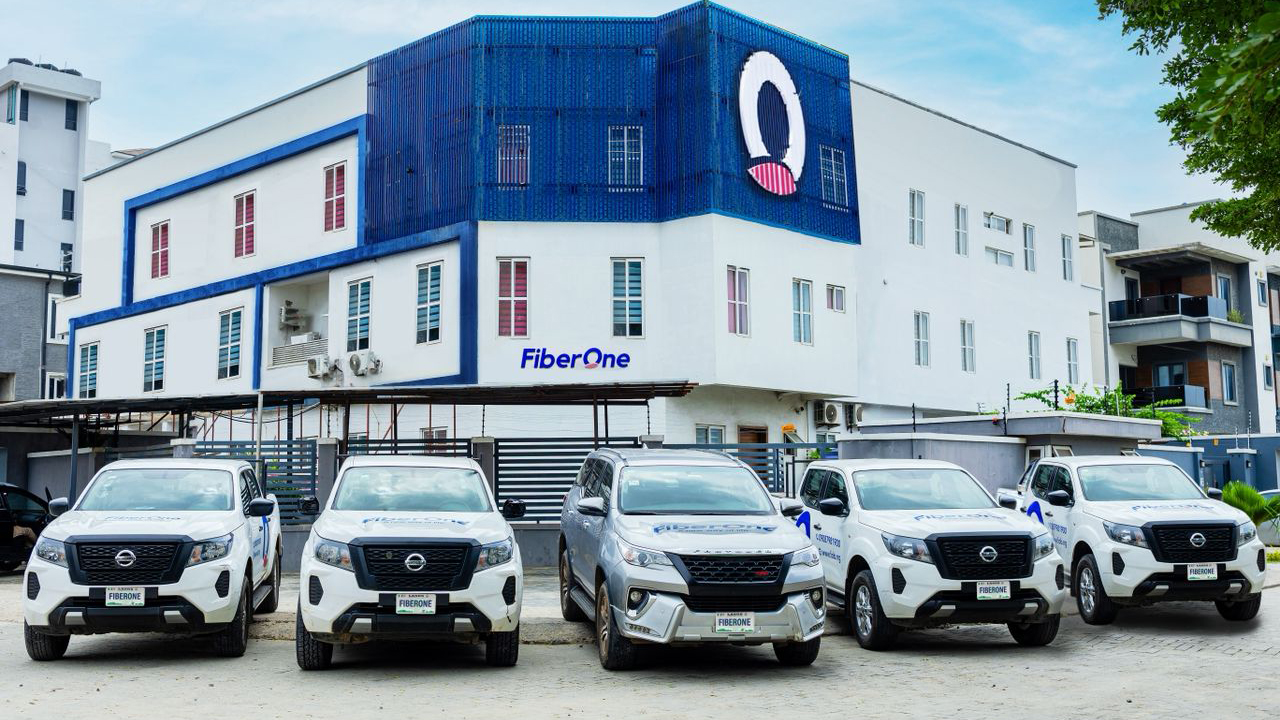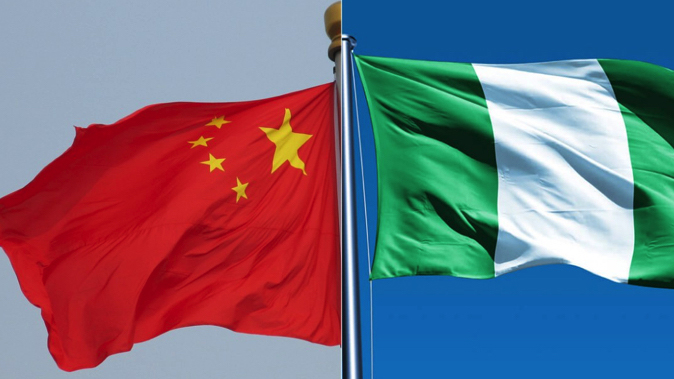A report has said telecom operators consumed around 290 terawatt-hours (TWh) of electricity in 2023 or around one per cent of global electricity use.
GSMA in its Mobile Net Zero 2025 State of the Industry on Climate Action report said this includes electricity used to power mobile and fixed networks, data centres, offices, stores, electric fleet vehicles and other operations.
According to it, electricity use in 2023 was around 12 per cent higher than in 2019, driven primarily by strong demand growth in China, where electricity growth increased by nearly 30 per cent.
The Greater China region accounted for the largest share of electricity used globally in 2023 (40 per cent), followed by Asia Pacific (18 per cent), North America (13 per cent) and Europe (12 per cent).
Between 2019 and 2023, the number of connections globally rose by 11 per cent, resulting in a slight increase in electricity use per connection. The average connection in 2023 consumed around 30 kilowatt-hours (kWh), with an average mobile connection consuming around 25kWh and an average fixed connection consuming around 50kWh.
According to it, the highest average electricity use per connection was in North America (60 kWh/connection), followed by Greater China (47 kWh/connection) and Europe (39 kWh/connection).
GSMA observed that sub-Saharan Africa (SSA), with relatively low 5G penetration, very few fixed broadband connections and poor access to grid electricity, had an average electricity use of just 5kWh per connection.
It, however, said the figures do not include generation from on-site diesel generators, and in some cases, the energy used by tower companies. The report said mobile operators in SSA generated around 2TWh from on-site diesel generators, while tower companies consumed an estimated 5TWh of energy in 2023, mostly from on-site diesel generators. Including these figures, the average connection in Sub-Saharan Africa consumed around 12kWh of energy per connection.
According to GSMA, electricity use per connection varies significantly between operators and regions. At the global level, the overall average electricity use per connection has increased by 3.5 per cent since 2019, reaching 30kWh per connection in 2023.
The report noted that there are diverging trends at the regional and country levels. For example, it said that Europe, Latin America, North America, and SSA have seen electricity use per connection drop by more than 10 per cent since 2019, while China has seen a 12 per cent increase.
It disclosed that many factors contribute to differences in the average energy use per connection, including technical factors such as network deployment as well as other factors, such as population distribution, geography and topography.
It stated that operators with more advanced 5G connectivity – including a higher number of 5G base stations or wider 5G coverage – tend to use more electricity per connection.
It said other technical considerations also affect energy intensity, saying for example, operators relying more on low-band spectrum can achieve wide 5G coverage without having to densify their networks as much as operators relying on mid-band spectrum.






